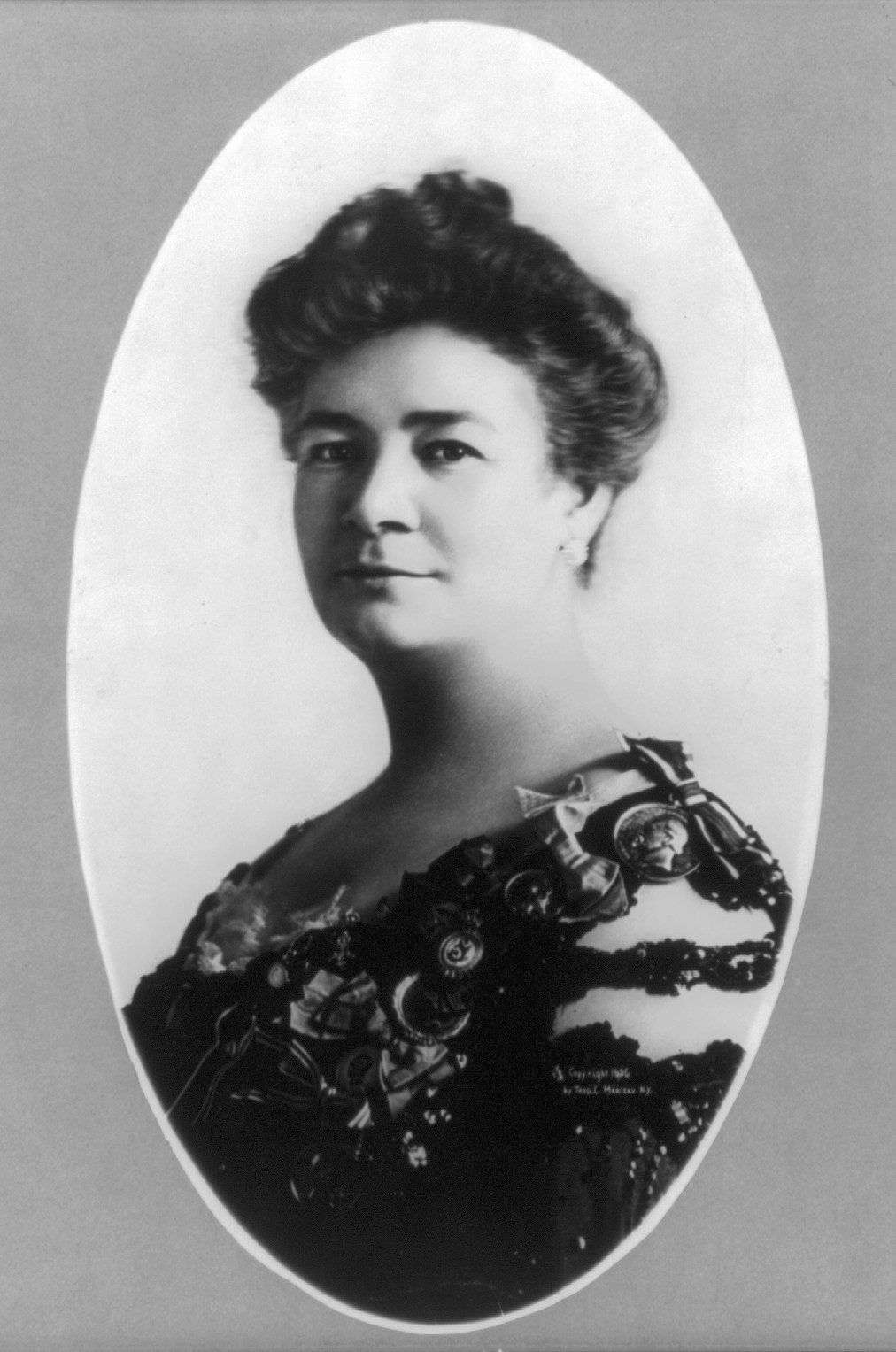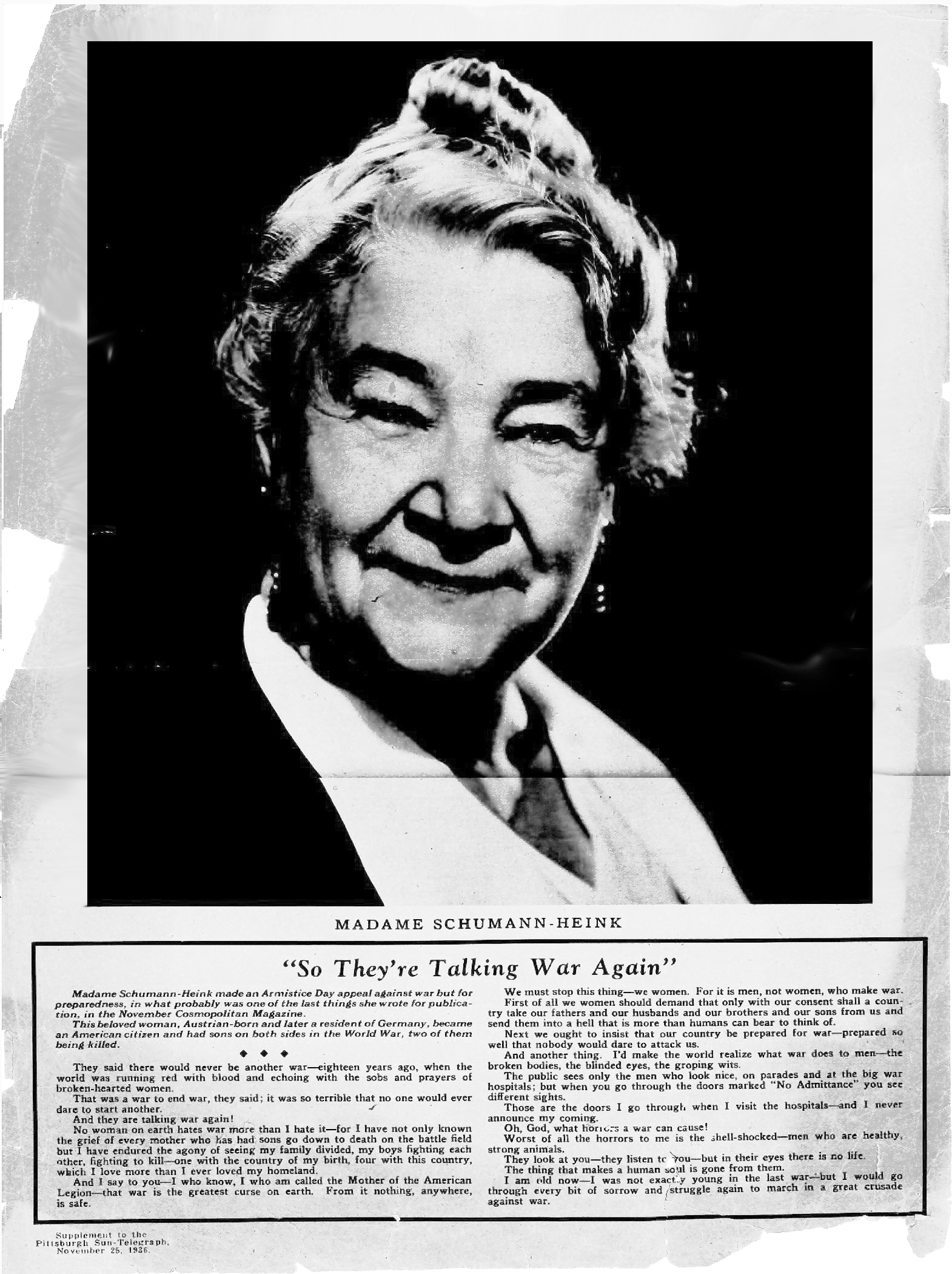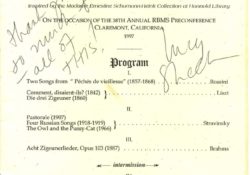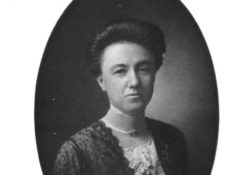Introduction
In 2012, the Hampsong Foundation awarded a major grant to the Special Collections of the Honnold/Mudd Library to create the digital collection “Ernestine Schumann-Heink, a Contralto’s Legacy.” The Honnold/Mudd Library is the library of The Claremont Colleges in southern California.
This grant allowed for the digitization of the music manuscript part of the Ernestine Schumann-Heink Collection as well as help in the preservation of the physical materials. The entire archival collection includes radio scripts, letters, photographs, published solo and ensemble music, and music manuscripts. The goal of this project was to make the music manuscripts accessible to the worldwide scholarly community starting in 2014.
The manuscripts represent works from well-known composers such as Amy Beach and Margaret Ruthven Lang, as well as works by American and women composers about whom little is known. The digital collection entitled “Ernestine Schumann-Heink, a Contralto’s Legacy” is linked to the webpage of the Honnold/Mudd Library.
Visit this Digital Archive:
Ernestine Schumann-Heink, a Contralto's Legacy
Visit the music manuscript collection of Ernestine Schumann-Heink!
Visit siteClaremont Colleges Library
Serving the Claremont University Consortium and home of "Ernestine Schumann-Heink, a Contralto's Legacy"
Visit siteAbout Ernestine Schumann-Heink (1861-1936)
 Contralto/Mezzo-Soprano Ernestine Schumann-Heink (1861-1936) holds a seminal position in the history of vocal music at the turn-of-the-century.
Contralto/Mezzo-Soprano Ernestine Schumann-Heink (1861-1936) holds a seminal position in the history of vocal music at the turn-of-the-century.
Of Austrian birth and later a naturalized American citizen, Schumann-Heink made her operatic debut in 1878 as Azucena in Il Trovatore. She sang under the baton of the young Gustav Mahler in 1892, when she was engaged by the Hamburg Opera, and later spent many fruitful years singing at Bayreuth. Johannes Brahms favored her interpretations of his “Sapphic Ode” and “Lullaby” above all others, and Richard Strauss was captivated by Schumann-Heink–so much so that he composed the role of Clytemnestra for her in his Electra.
Schumann-Heink’s career in America spanned from engagements at the Metropolitan Opera (her last performance there took place in 1932 when she was 71 years old) to several cross-country recital tours, which, according to Desmond Shawe-Taylor’s article in the Grove Dictionary of Music and Musicians, transformed Schumann-Heink into a “national legend.” She was also acclaimed for her radio appearances and effusive personality.
Listen to Ernestine Schumann-Heink:
Library of Congress National Jukebox
Listen to historic recordings of Ernestine Schumann-Heink on the Library of Congress's National Jukebox website.
Visit siteAdditional goals for the Schumann-Heink Music Manuscript Digitization project:
1. Catalog the digital collection in OCLC, Blais (the Claremont Colleges Library catalog), and the Online Archive of California, which will allow access via WorldCat, Google and other search engines.
2. Submit the site for addition to professional music associations’s mega-sites that categorize content of sources often referred to for student and faculty research.
3. Announce the site’s availability through the Music Library Association’s listserv for librarians to incorporate into their specialized digital research guides. Many universities and colleges direct users to the “best” web content through locally generated electronic research guides.
4. Provide item-level metadata so that items can be searched by composer, title, song text author, and subject.
The Hampsong Foundation initial grant funds went directly to hiring assistants for help in scanning and cataloging scores and conducting research relating to collection.
From the Honnold/Mudd Library’s website:
The Ernestine Schumann-Heink Collection was bequeathed to Pomona College in 1938. Born in Austria in 1861, the world renown opera singer Madame Schumann-Heink performed in the great opera houses of Germany, England, and America. She became a naturalized citizen of the U.S. in 1905, toured widely in this country, and was very active during World War I performing for U.S. servicemen. In later years she made numerous radio broadcasts and appeared in the 1935 movie Here’s to Romance. She died in Hollywood in 1936.

Pittsburgh Sun-Telegraph supplement, Nov. 25, 1936
Owned by Ruth Ennis Mann and Mathilda Reier Ennis
Donated by Nancy Alchediak
Since this collection comprised her personal music library, it is rich in manuscript songs, published songs and song collections, operas and oratorios, and vocal ensemble music. Non-music materials include programs and concert materials, posters, certificates and awards, correspondence,
Excerpt from an article on the collection (“The Schumann-Heink Music Collection”, Honnold Library Record, Vol.II, No.1, Spring 1959):
“The music collection of Madame Schumann-Heink which was given to Pomona College is now catalogued and incorporated in the Honnold Library. The collection consists of about 300 vocal works, largely operatic vocal scores used by Madame Schumann-Heink, and parts for about 30 orchestral selections.
“The Beethoven Ninth Symphony score which was used by Madame Schumann-Heink when she made her vocal debut at Graz at the age of 15 is in the collection, and Mme. Schumann-Heink has noted this fact on the cover. A number of the scores are annotated with the place and date of the performance in which they were used. Madame Schumann-Heink was admired by both Johannes Brahms and Richard Strauss. Brahms thought she sang his “Sapphic Ode” and “Lullaby” better than anyone else, and Strauss wanted her to create the role of Clytemnestra for the premiere performance in Dresden, January 25, 1909. She sang the premiere performance as Strauss requested, but would not accept a second engagement. ‘This part is such a desperate one,’ she said, ‘it nearly killed me. You know, you have to do almost everything–even commit murder on the stage.’ Two marked working copies of Clytemnestra are included in the collection.
“It is no novelty today for an opera star to appear in light opera and musical comedy, but when Madame Schumann-Heink appeared in Julian Edward’s Love’s Lottery, she broke a tradition. She was cast as a German washerwoman, and enjoyed the part greatly.”


